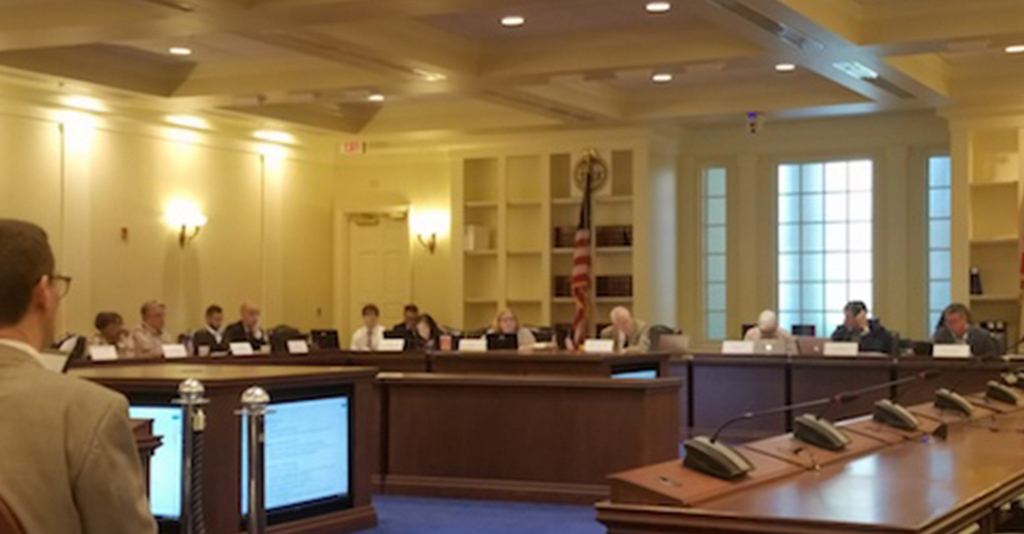[ad_1]
By William J. Ford via BlackPressUSA.com
ANNAPOLIS — The chair of a group commissioned to provide policy and funding recommendations for Maryland’s public education system announced Thursday that a final decision on its funding formulas would be made by Oct. 15.
William E. “Brit” Kirwan, former University of System Maryland chancellor and chair of the Kirwan Commission, also responded to concerns about the work group holding part of its meeting last week behind closed doors.
Kirwan reiterated all meetings have been in public and no decisions were made during that executive session.

“We wanted to avoid getting anything out in public that would never see the light of day as a final decision,” he said. “We didn’t want to be in a position of confusing the public. The whole process of making a decision will be made in public.”
Various funding outcomes and ideas were pondered Thursday, such as how to identify students who receive free or reduced-price meals, and determining concentrations of poverty.
One proposal would count students enrolled in full-day pre-kindergarten in a separate category because school systems implement it differently.
Although schools count all children, former state Sen. Joan Carter Conway of Baltimore City said the proposed data doesn’t show whether those 3- and 4-year-old children would be calculated in determining how many students are in each jurisdiction.
Rachel Hise, who works on the commission staff, said that will be reviewed.
According to a 2018-19 graph of free and reduced-price meals for students, Baltimore City and Prince George’s County ranked first and second in the state.
For schools with at least 80 percent of students receiving free and reduced-price meals, Baltimore City had 114 schools and Prince George’s with 37 for a total of 151. Those two majority-Black jurisdictions accounted for 76 percent of the 197 schools statewide.
“We need to have a discussion on that one piece” to ensure equity for all students, said Del. Maggie McIntosh (D-Baltimore City).
Some representatives from smaller and rural regions said forcing county governments to pay more toward education would hurt them financially.
Nicole Christian, president and CEO of Garrett County Chamber of Commerce, said the county would receive less money because the number of low-income students isn’t as high as other jurisdictions. However, half of the students receive free and reduced-price meals and ranks seventh in the state, she said in a letter dated Wednesday.
“We would strongly encourage the commission to revise the wealth formula to include a high concentration of student poverty as a determinant for school funding,” Christian said. “The wealth formula should be adjusted prior to formulation a plan to fund the recommendations that communities like Garrett County will never be able to implement without increase funding from the state of Maryland.”
This post originally appeared in The Washington Informer.
[ad_2]
Source link

